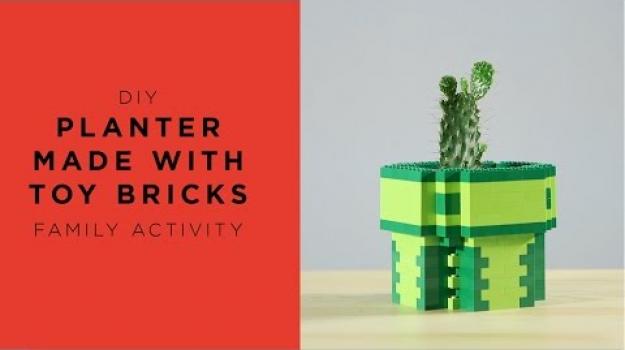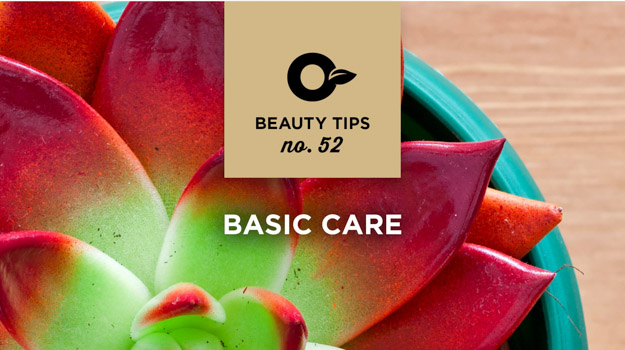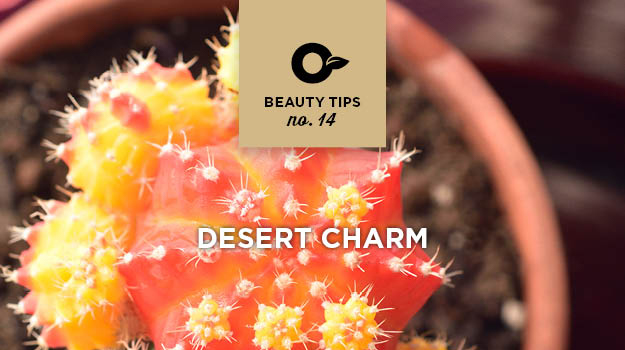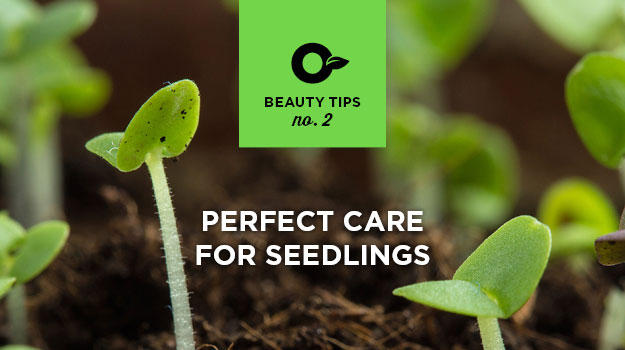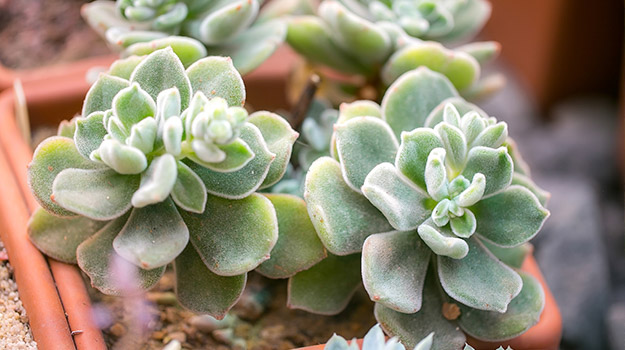
Cactus are very popular succulents for the home interior. While they may seem foolproof and do actually thrive on neglect, there are some things to note regarding their care. Succulents are very specialized plants that have evolved with adaptations to survive their native climate.
Many cactuses are native to desert climates with arid conditions and rocky soil; however, some are actually indigenous to tropical rainforest regions and require not only warm temperatures but consistent moisture.
1. Choose the right container
The type of container you select can go a long way in continued good plant health. Superior drainage is essential to any type of cactus, as their roots and stems cannot withstand soggy soil and may become damaged. Cactus and other succulents do need supplemental moisture during their growing period and even when dormant require enough water to sustain the plant.
A good clay pot that is unglazed will allow any excess moisture to evaporate and help prevent rot issues brought about by excess wetness. Many growers also add some small pebbles at the bottom of the container prior to planting to enhance drainage.
2. What is a good mix for cactuses?
Soil for succulents must be loose, gritty, and mildly fertile. Many good succulent mixtures are available for purchase or a good cactus mix can be made by mixing 2 parts potting soil with 1 part sand and 1 part vermiculite. Alternatively, you can use a composition of one third compost, one third gritty material (such as sand) and one third vermiculite or pumice.
Sand should be horticultural grade and not simply material dug up from the beach. Collected sand is unwashed and may be excessively salty, as well as contain pathogens.
3. Most succulents prefer a full day of sunlight
However, the harsh rays of midday can burn sensitive specimens. Therefore, it is often preferable to place your plants in an area where they receive full sun in the morning but indirect light later in the day.
If you are growing cactus and succulents outdoors in summer, the scorching sunlight can damage pads, stems and leaves. Place the container where the plant can get some respite from sun during the high light of noon. In northern zones, indoor plants can benefit from the use of artificial lights to boost light spectrum exposure.
4. How to water a cactus
The amount of water you apply to any species of succulent will vary. While most like to be on the dry side, a good deep drink of water once per week in summer and more than half that in winter is sufficient.
When you water, allow the liquid to percolate out through the drainage holes, leeching soil of excess salts. Let the plant drain thoroughly before placing on a saucer so roots aren't sitting in moisture. The best way to determine if it is time to water is to sink your fingers into the soil. If the top one inch is dry, it is time to water.
Tap water can be damaging to some succulents. If possible, use rainwater or boiled water. Never use water that has been treated in a softening system, as the chemicals used contain salt which can burn the plant.
5. You Need to Fertilize your Cactus and succulents
Succulents and cactus often live in harsh, infertile soils but they still need some feeding. During the growing period of spring and summer, feed the plant twice per week with a formula made for succulents. Follow manufacturer's directions on dilution rates and amounts. Suspend fertilizing in fall and winter.
With just a little attention to soil, water, lighting and when kept in a warm environment, succulents make the perfect plants even for novice gardeners and their wide range of form, color and size offer options for any grower's taste.

